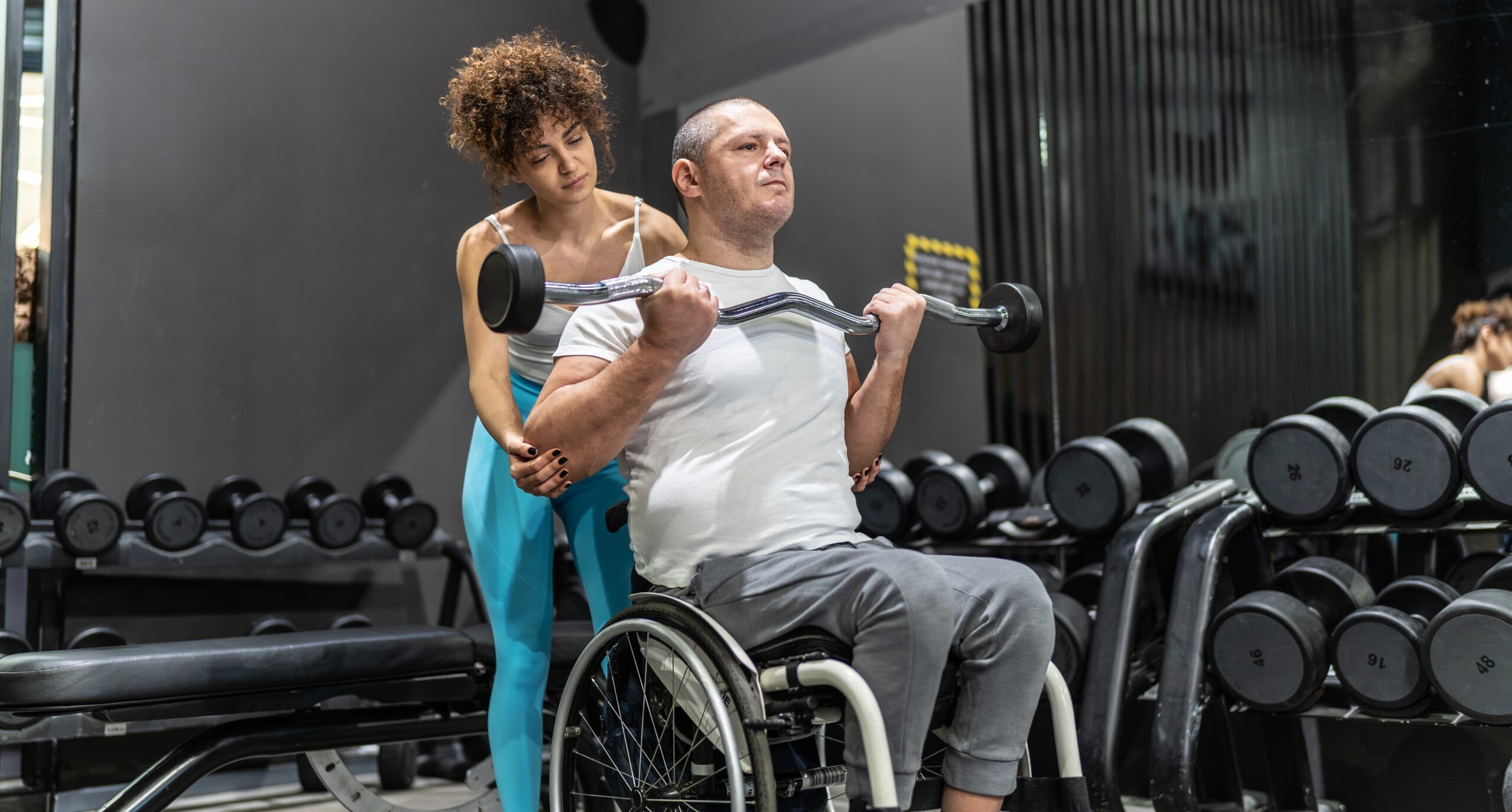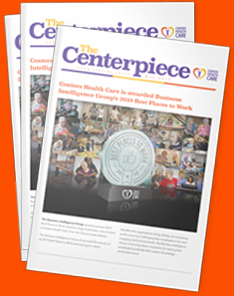Incontinence can happen at any age, but it’s increasingly more common as we age. In fact, the Urology Care Foundation reports that half of all women older than 65 experience at least occasional bladder leakage. Causes range from childbirth and constipation to serious conditions like Alzheimer’s and Parkinson’s.
Surgery is an option, but many times, incontinence can be controlled through behavioral therapy and medication. Hammonton Center for Rehabilitation and Nursing has a look at several treatment methods for overactive bladder and bowel incontinence.
Behavioral Therapy
This is generally the first attempt a doctor will make after a diagnosis. The first intervention is learning to delay urination. This is done by gradually spacing out the time in between bathroom trips. Another method is called double voiding, which is using the bathroom, waiting a few minutes, and then going again before leaving. This process can help people empty their bladder more completely. Scheduled bathroom visits can also be arranged via this method.
Kegel exercises can also help strengthen the pelvic floor muscles and give you more time to get to the bathroom, especially if the urge to go comes on quickly.
Medication
If the incontinence is caused by a urinary tract infection of inflamed prostate, antibiotics can be prescribed. In addition, pseudoephedrine can be used as a therapy for certain types of incontinence to help tighten muscles around the bladder.
Medical Devices
Devices can also be used to help women with incontinence. A urethra insert is a great option for women who like to be active. This is similar to a tampon and works in the same general way. A pessary, meanwhile, is a device that’s similar to a diaphragm and supports the bladder. It’s placed, taken out, and cleaned by a medical professional every three months.
To learn more about Hammonton Center for Rehabilitation and Nursing and all of the services they offer, visit http://hammonton-center.facilities.centershealthcare.org.






